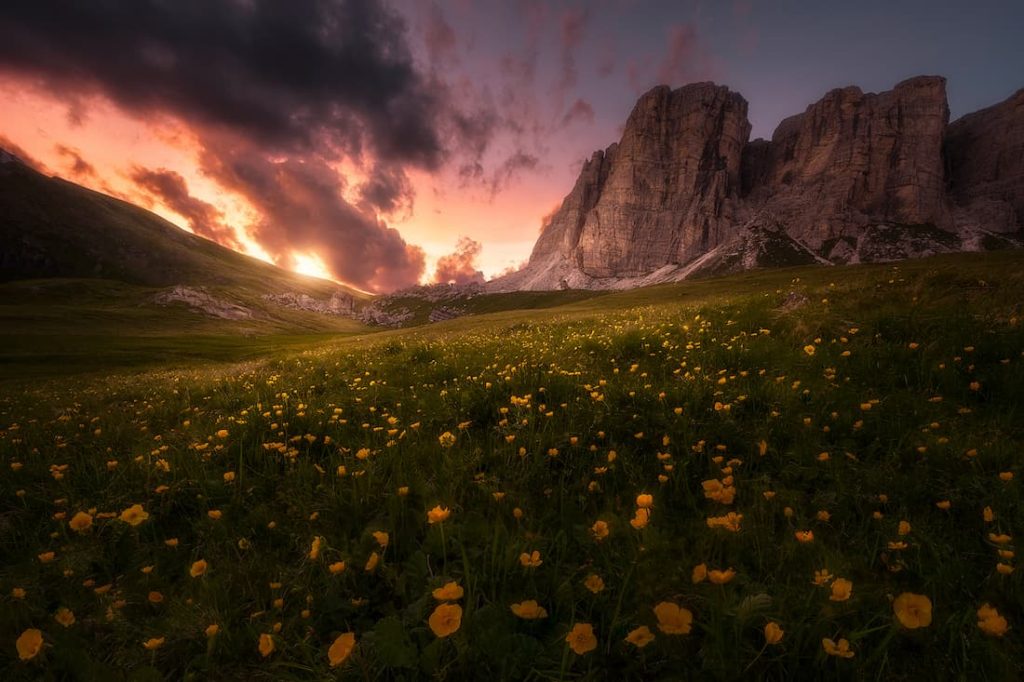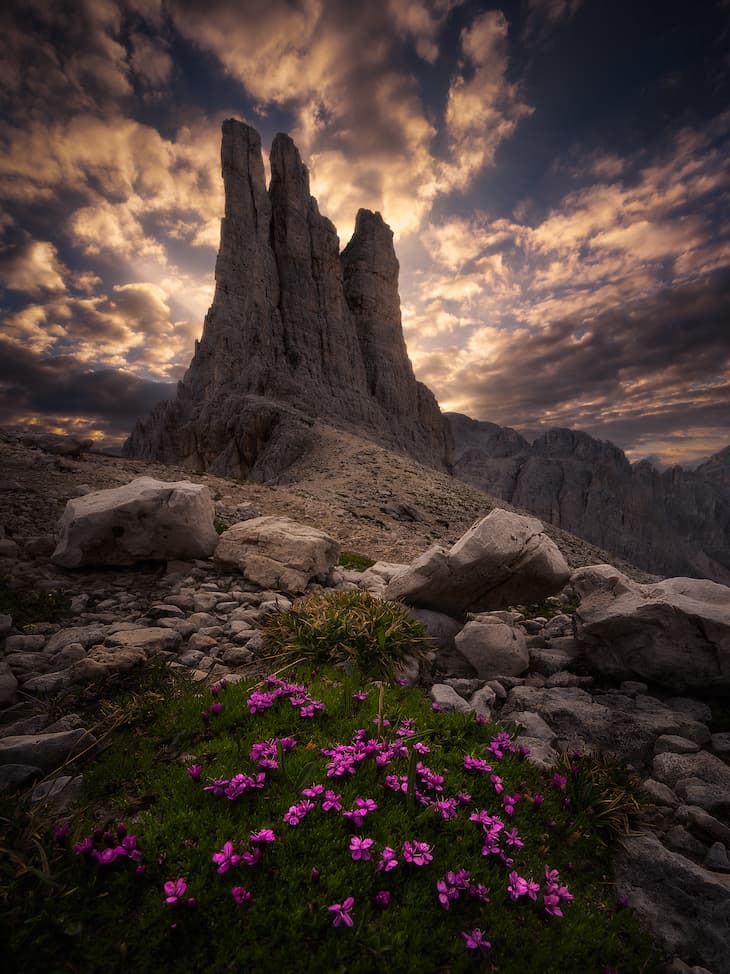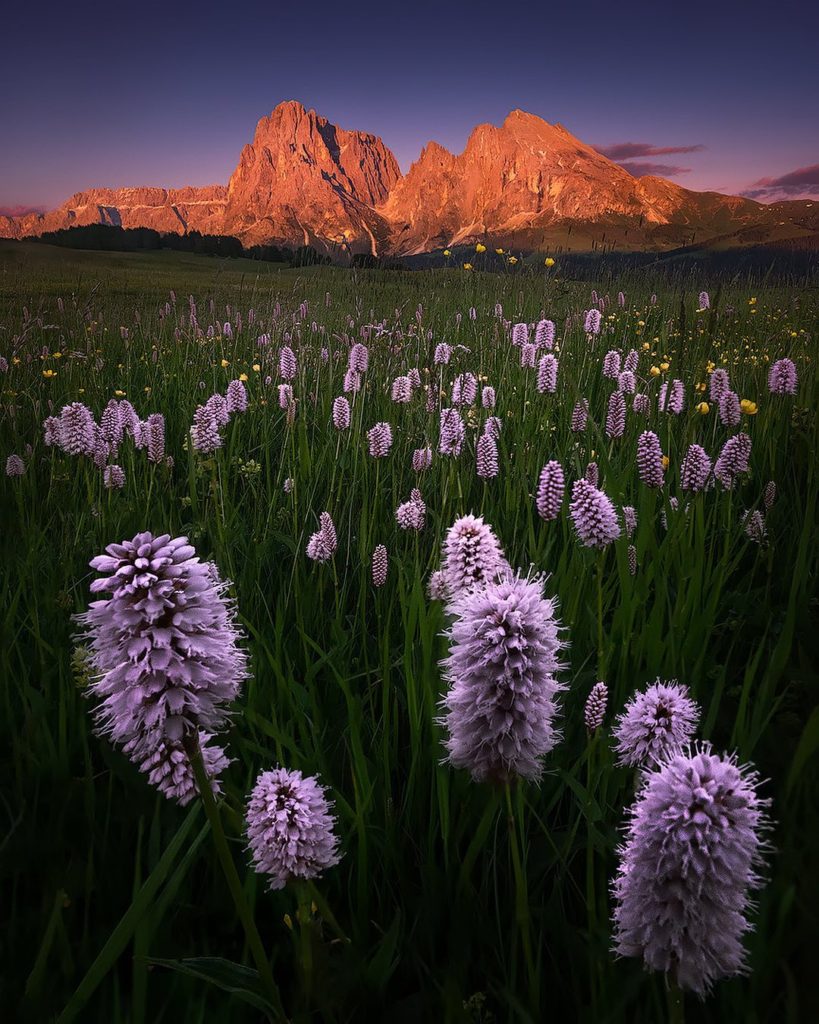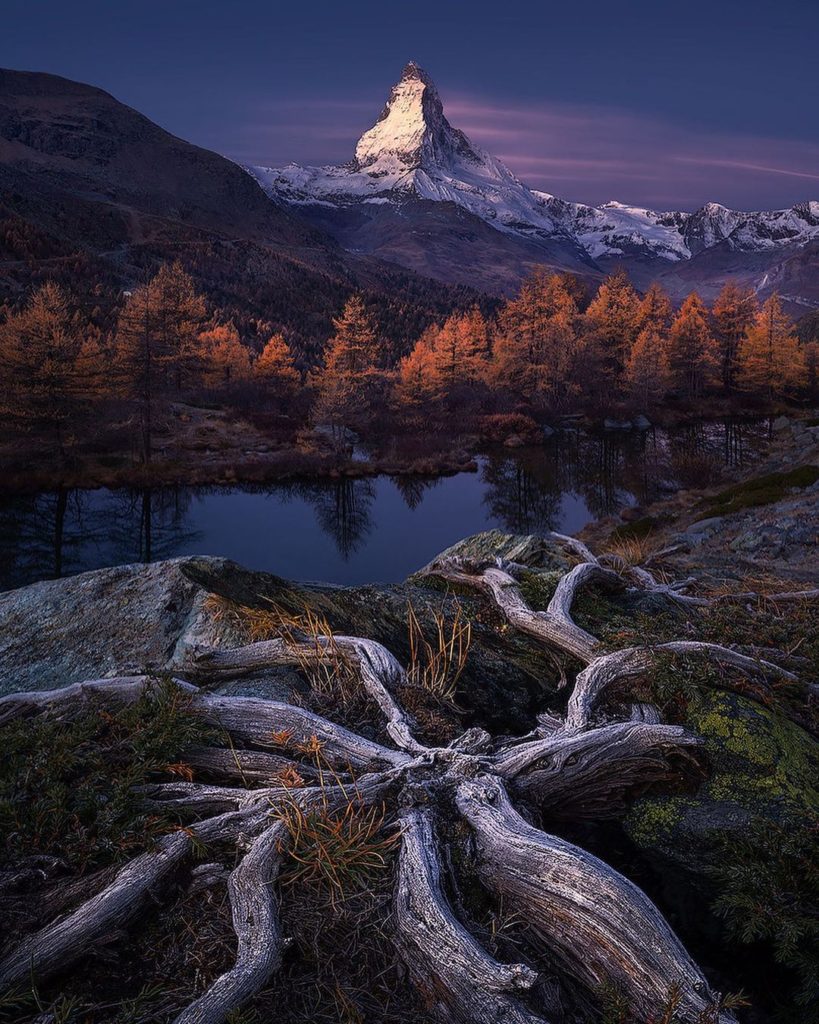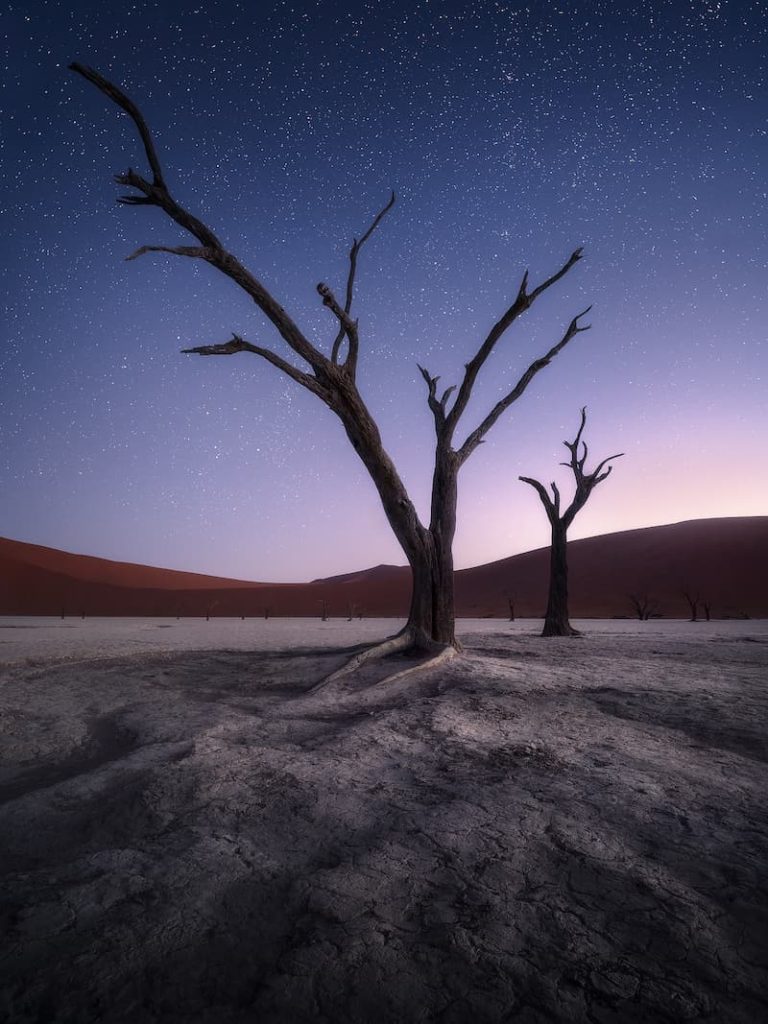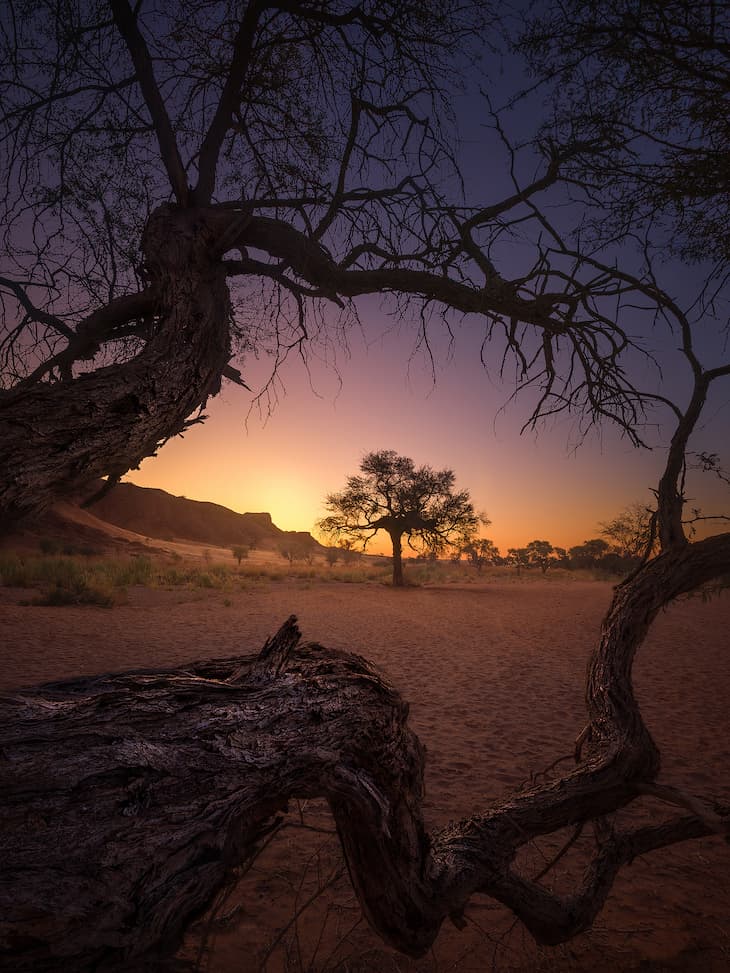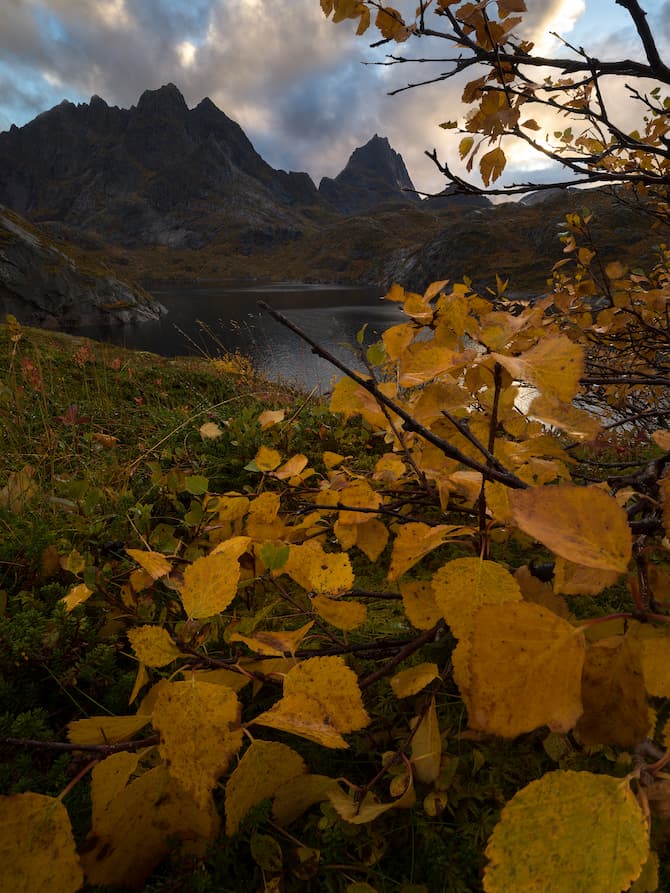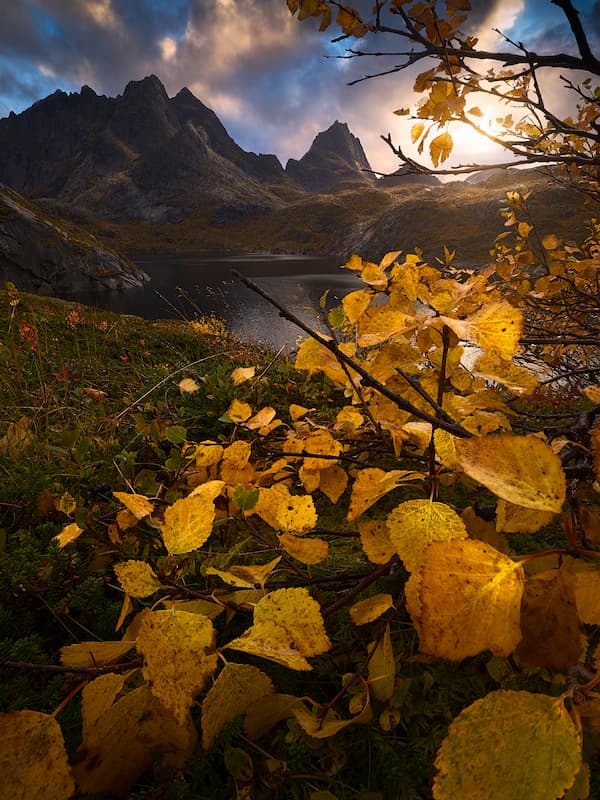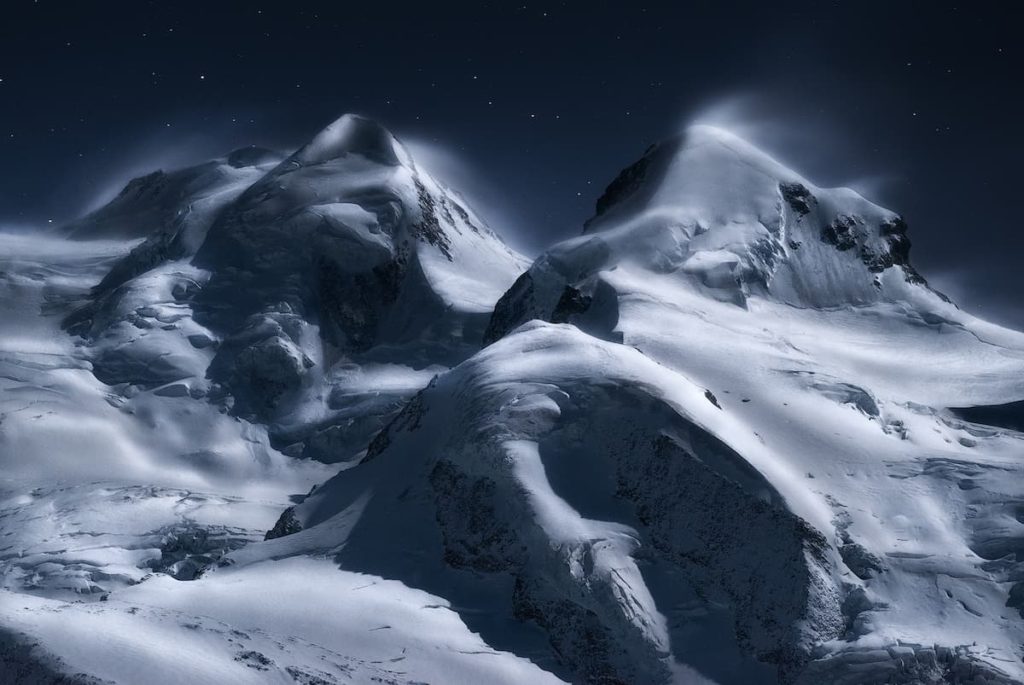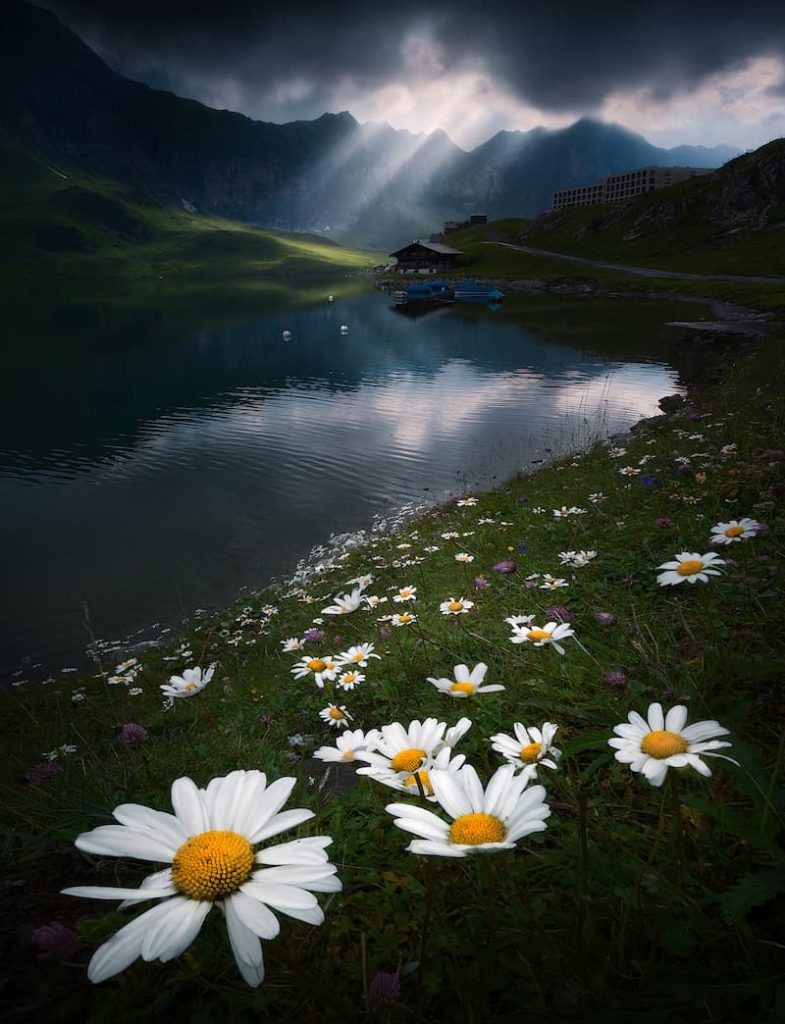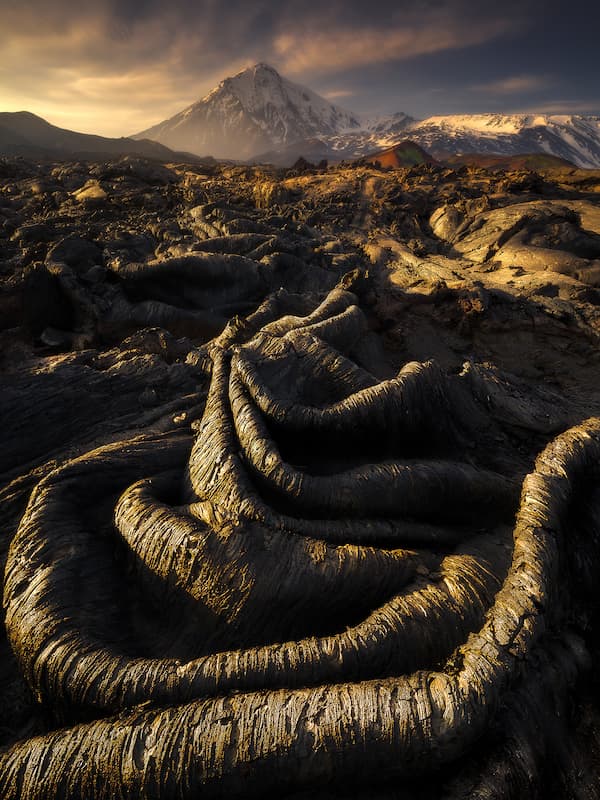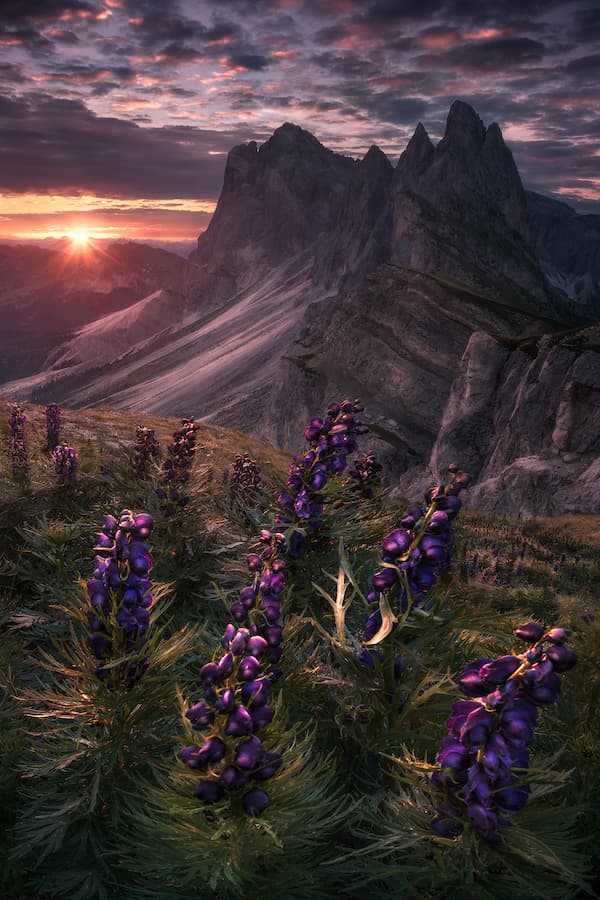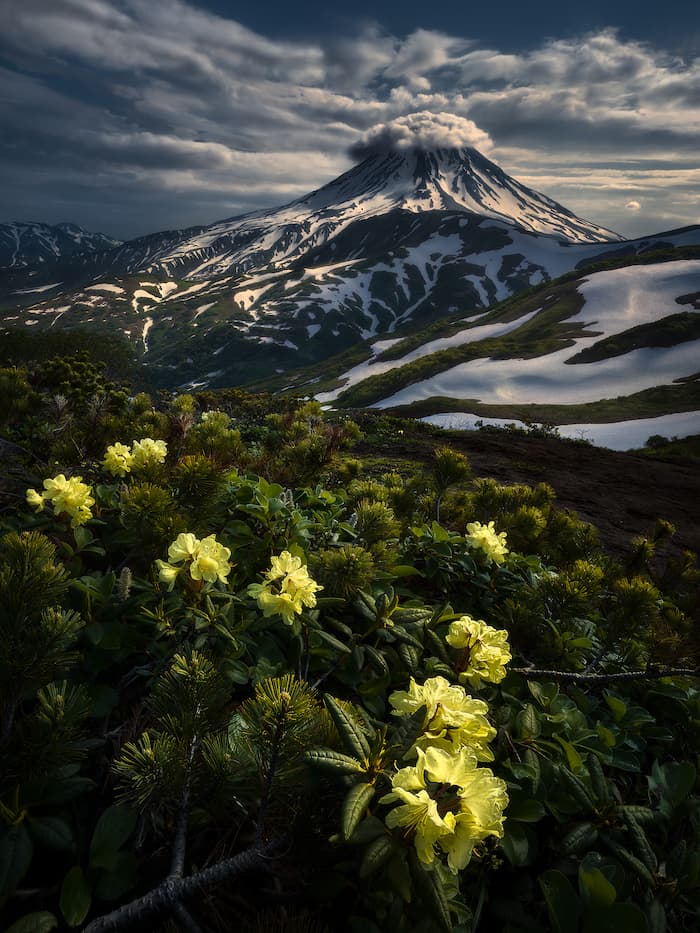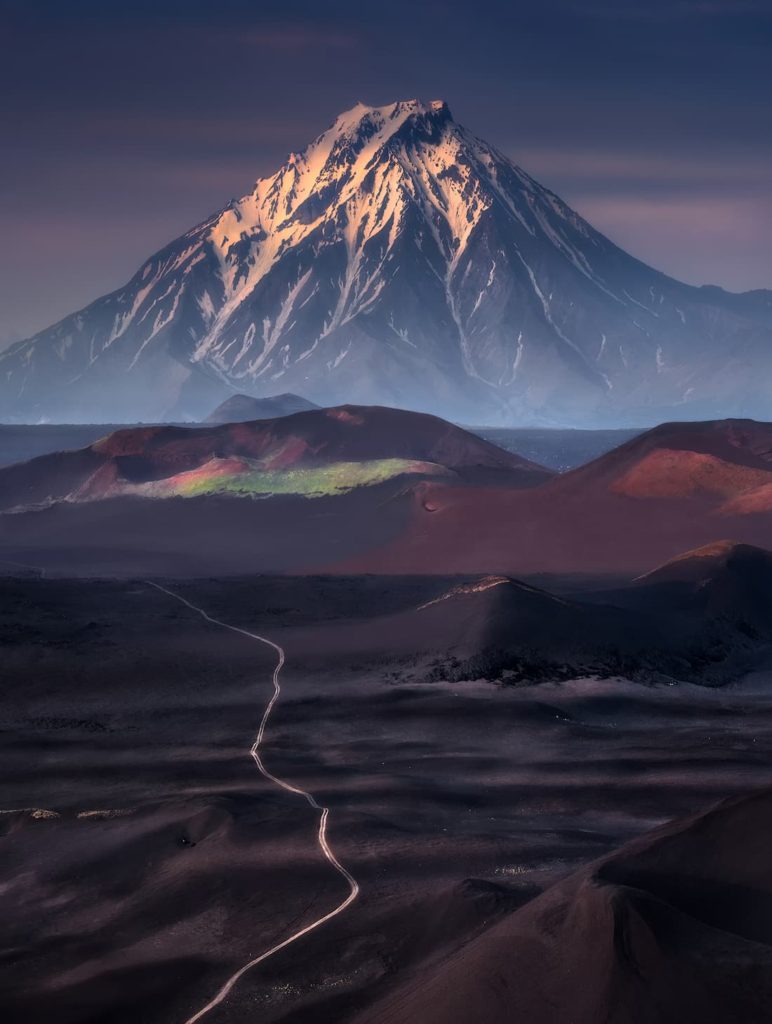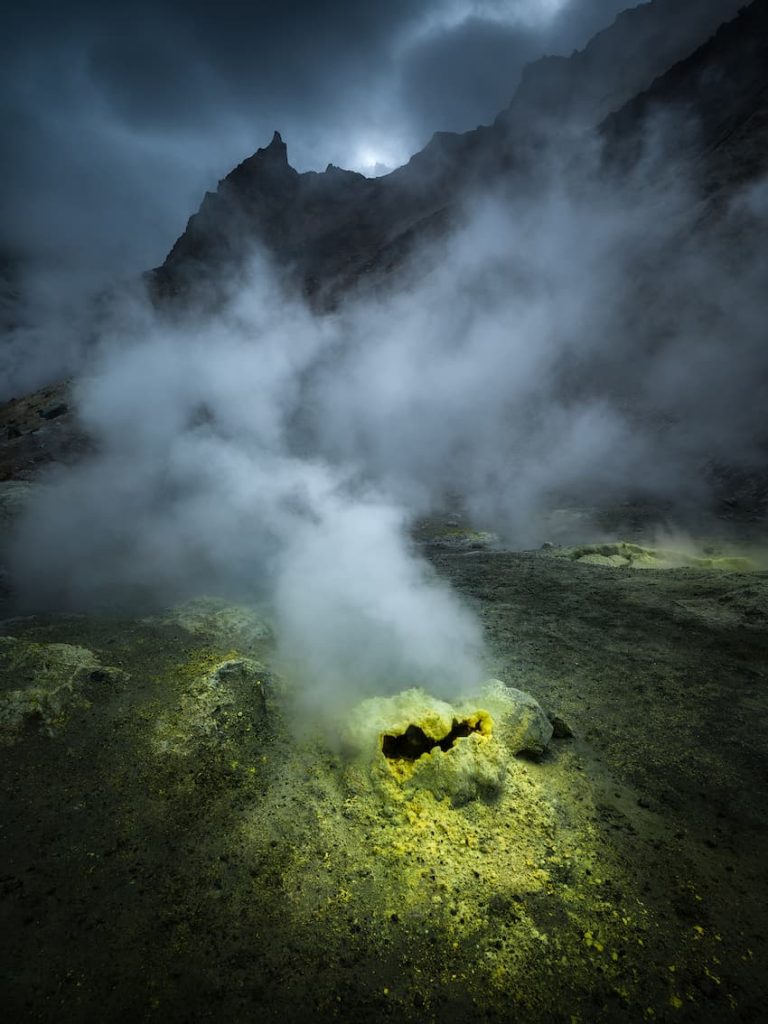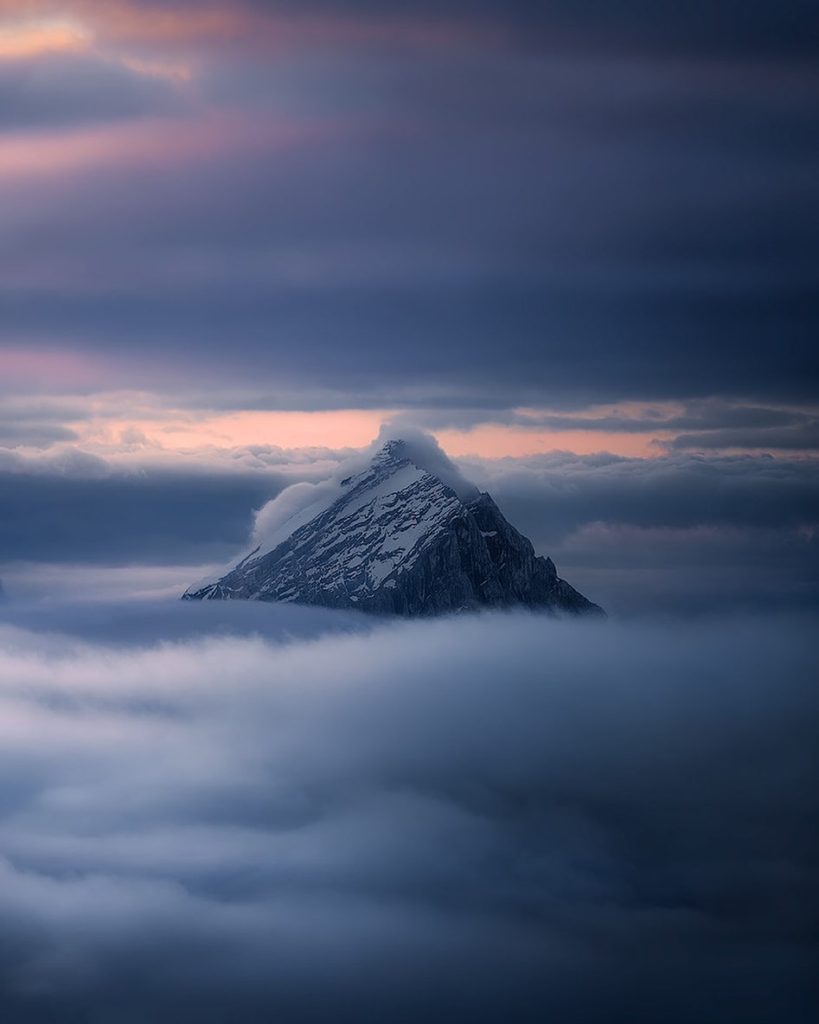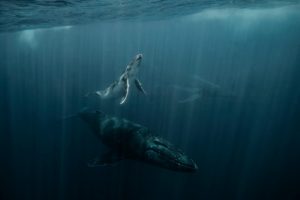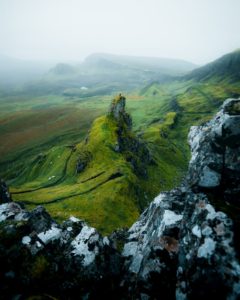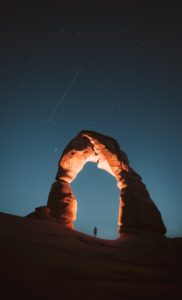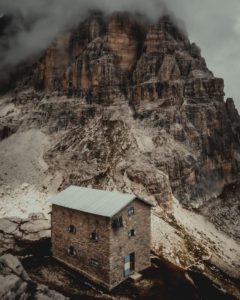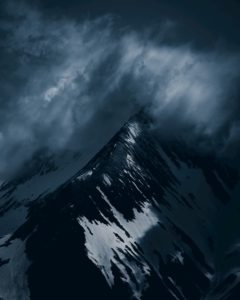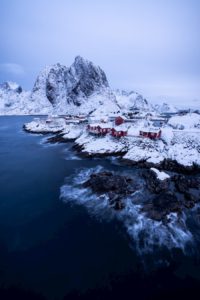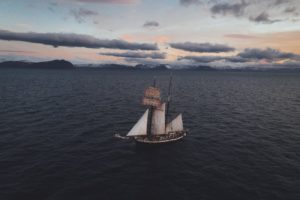
Isabella Tabacchi
@isabellandscapes
Landscape photographer based in Italy
Introducing Isabella Tabacchi
Isabella’s first point and shoot camera introduced her to a different world. The lights, shapes, and colors of her surroundings allowed her to express her inner emotions, and she has followed this same approach in photography for more than 15 years now. She mentioned: “More than seeing the landscapes, I try to feel every emotion these scenes transmit to me as if they could tell me something. I like to think about what I see, and shortly after, I think about myself. In other words, I take inspiration from the outside and then go deep into my conscious self to press the shooter.”
Before photography, Isabella spent most of her time painting in her room. However, after her first experience with a RICOH camera, she changed the brush for dodging and burning – editing techniques she was able to master during her high school years. After high school and as she began her studies at the university in Pharmacy, Isabella introduced luminosity masks into her editing process. Discovering this technique was a tipping point for her, and in the interview, she explains the principles that have allowed her to achieve her current editing style. She also speaks about shooting on location while giving some practical advice to find and capture unique compositions.
After she graduated, she had to decide what to do next. “This decision was not hard to make; I am a very straightforward person. When I want to do something, I go for it. I chose photography.” In 2017, Isabella became a full-time landscape photographer. Hosting workshops was a great kick-start to her career, although afterward, she decided to focus more on her photography and how to make a living out of it. In the interview, Isabella shares four strategies to successfully sell photographs online while diving into her most valuable experiences in this regard.
She also shared with us some of her favorite photographs. She selected one of her oldest photos and compared it with her current style. We also get to know her biggest inspiration, Caravaggio – the famous Italian painter. It shows that Art transcends disciplines and that inspiration can come from anywhere, as long as you allow yourself the time to find it.
Interview
Welcome Isabella! First of all, can you share with us where your passion for travel and photography comes from? How did you decide to become a full-time photographer? Can you share with us your background?
My parents bought me a camera when I was a child. It was an old point and shoot camera (RICOH camera), perfect for capturing our summer adventures. Since I can remember, I have always enjoyed different types of art. I would spend hours painting in my room.
During high school, I began to take photography more seriously, especially editing. I learned about luminosity masks and how to accentuate the dimensions in a photograph.
I had a lot to learn: manual settings, lighting, composition, and so on. But I felt fortunate to have the countryside to practice, and a little bit later, together with my family, we traveled to Croatia and Norway. In a way, these countries also influenced my career and taught me a lot.
Right after high school, I had the time to focus on photography, and in a way, editing was like a painting to me. So I guess I changed the brush and the paints for dodging and burning. My current technique with luminosity masks has been a long process in the making. I have been practicing for more than six years. Even during my years at the university studying Pharmacy, I practiced every day mostly.
Pharmacy? Well, I think many of us have sometimes just followed what our family thought was the best for us. My family wanted me to study something scientifically oriented, and that is what I did. But deep inside, I knew that Pharmacy wasn’t for me. I felt an urgency to travel and discover the world, to live an exciting life! Landscape photography could allow me to enjoy such a lifestyle. So when I finished my studies, I decided to go full-time around 2017.
"For me, this decision was not hard to make. I had been practicing photography and editing for many years by the time I made my own decision."
Furthermore, I was taking good images, so I thought about the future as a catalyst. I was optimistic about my potential progression. I also knew all the things I could achieve in the long term. Furthermore, some people were already asking me about doing workshops. I think all these things combined helped me a lot in building my confidence and being sure about the next steps.
I am a very straightforward person, and when I want to achieve or do something, I don’t hesitate and go for it. I focus on the goal and dedicate myself fully to photography. Of course, I was and still am, driven by my passion.
The problem was that many of my friends did not earn much. In Italy, the youngsters have to work hard to make a living, especially the graduates without experience. Overall, the wages are not high, which translates to a lot of stress and uncertainty.
I thought that If I had to look for a job in my country, I wouldn’t get so much income because of what I have studied. I preferred to do photography instead.
I started to do several workshops, and in the meantime, several people were asking me to lead workshops, so for me, it was better. I also earned the same amount of money as my friends who graduated in pharmacy. Of course, I think it is more difficult for all the photographers. They start getting into photography only once they have worked for several years and are afraid to go full time because landing gigs takes quite some time.
Before you even decided to do full time photography people were asking you already to do workshops. I think that is a great signal in my opinion! What can you tell us about that?
Of course, in the beginning, I decided how many workshops I could do in a month. Suddenly things changed because I gradually did not enjoy making workshops anymore. My dream was to live off my works, specifically my prints. Therefore, as far as I am concerned, the workshops were something only to start with. In 2020, when Covid appeared, I started to produce individual workshops because they were enormously easier to organize, although I decided by myself how many workshops I could do to not have to depend on anybody.
Regarding selling prints, I got more into this because I thought it was better for me. I fancy letting people collect my art. Moreover, during the period of coronavirus, I created a lot of online courses. I also sold tutorials and things like this, and from my point of view, it was great.
When it comes to selling your art, what strategies do you implement? Or, what strategies work for you? The pandemic affected you somehow?
I opened my online shop at the beginning of the second lockdown, and it was going slowly as all the businesses. But then it became much better. New opportunities showed up, and I had to adapt to them. And I’m happy about it because I always stayed positive. Also, during the pandemic period, I thought about improving my photography even more, and I started to study differently. So, the important thing is to stay positive, always.
The following strategies work for me:
1) Finding a good laboratory to collaborate with:
I think first and foremost, it is key to create a good looking website and e-shop. It must be functional, understandable, and fast. Although these ingredients may seem quite obvious, it is not something super easy to achieve. So do some research beforehand and if necessary, hire someone that can help you build that good looking website you need.
In the meantime, you can start researching art galleries or print shops in your area. I think it is important that the art gallery of your choice is relatively close to your home or office. Proximity generates opportunity!
In this regard, I like to sign my prints because they are all limited edition. This is why the art gallery shop I work with is one hour away from my home. It may be a little too far away, but since they handle everything and are able to cover all the printing techniques, I decided to stick with them.
2) Working on the SEO of your brand
Having a good SEO is also quite relevant in this regard. Obviously there is quite some competition out there, so at the beginning I was working with a marketing agency. Afterwards, I realized that most of my sales came from my community. This is why I decided to take care of my site by myself. Although I invested in Google ads as well, I came to the conclusions that creating blog posts was the best strategy to transform leads into actual sales.
3) Creating blog posts
By creating blog posts, I can supply my followers and readers with in-depth content. My content can inform them about various topics, such as travel, photography, or gear, to mention just a few. I can also inspire them with my photography. I can transport them to other corners of the world, hoping that they can feel the same emotions I experienced. In the end, I believe that these emotions will inspire them, and hopefully, they will want to hang that piece of art that brought them joy on their walls. You have to give to receive, and I like to use my blog posts to do just that.
Furthermore, blog posts can be a great tool to position your brand online. Search engines such as Google rely on the creators to supply everyone with relevant, trustworthy and meaningful content. If you ever find a topic that has not been covered yet, or has been covered poorly, you can be the one providing everyone with the necessary information to satisfy that need for knowledge. If the topic that needs to be addressed is somehow related to the photography space, then even better! Make sure to structure your post well, think about what you want to say, and how you want to deliver the message. And of course remember the most fundamental principles when it comes to writing blog posts, as well as the good SEO practices.
If you manage to create an in-depth post about a topic that has not been addressed yet, you will thank me later! Just wait to see all the leads you will generate from that single post only!
4) Sharing content on social media and engaging with your followers
If you have a decent following, don’t be afraid of showing the printing process. The printing process is part of the entire experience and I have found out that my followers actually enjoy watching how I print my photographs.
You can use the opportunity to offer discounts for instance, or ask any relevant questions to your followers that may help you improve your sales strategy or any other consents of yours. You have invested quite some time capturing and editing your photographs. So don’t be shy about this last step and show everyone how beautiful your art is when printed!
The images you shared in 2018 already had a unique style. And such style is still present in the photos you are sharing nowadays. How did you “decide” on this particular style/color palette, and what are the reasons those are your preferred colors to showcase the beauty of nature?
I think it is something I am not able to describe fully with words. But I guess my style probably comes from my feelings. The emotions I feel when I think about nature result in such pictures.
In this regard, when I am outdoors, I pay attention to all the details. More than seeing the landscapes, I try to feel every emotion these scenes transmit to me as if they could tell me something. Furthermore, when I am under the sky, surrounded by trees, waterfalls, or peaks, I reflect on life in general.
"I like to think about what I see, and shortly after, I think about myself. In other words, I take inspiration from the outside and then go deep into my conscious self to press the shooter."
The one certainty I have is that landscapes are what inspire me the most. Whenever I photograph, the resulting pictures must show contrast, which is something I love for sure. Above all, everything in the photograph has to be balanced elegantly.
Besides landscapes, I also find inspiration in other artists. Caravaggio (the famous Italian painter) is one of them. When I visit art galleries and encounter any of his paintings, I like to think about the dramatic shapes of his work. When I started with my current style, his art influenced me unconsciously.
Ansel Adams, Marc Adamus, and Sebastian Delgado have also been huge inspirations for me. Also, I am inspired as well by several images I see in the photography space. Lately, I have been enjoying aerial photography, a discipline I would like to practice in the future.
You mentioned: “The natural scenarios reflect all my emotions. Each landscape photographer has a different sensibility which is reflected in the images.” In your opinion, what four ingredients a photo must have to successfully convey deep feelings? Can you select three photos that in your opinion showcase deep emotions and illustrate your answer to the question?
I think it is always really personal. However, I believe that the four ingredients which make me convey deep feelings are: first, a strong color contrast, a unique composition with lines and geometries created by the elements of nature, an exquisite balance of lights and shadows, and lastly, an inspiring scenery.
Three examples are: “Bowel of Earth, Frozen Hugs, and Contemplating the light”; these three images represent what I love in a landscape, even if there are many other images that can illustrate my answer to the question.
We are really curious about your scouting techniques as well, Isabella. You have visited a few popular photography spots during these past years. Yet, the compositions of your photos, in our opinion, are quite unique. What strategies and actions do you formulate and implement in order to find and successfully capture those compositions?
I usually enjoy discovering unknown places, though whenever I visit popular photography spots, I like to give a personal touch to my images. In fact, during my shooting phase, I usually don’t stay at one specific point with my tripod and my camera. I roam around the spot, studying which elements on the floor can be interesting to create something brand new. Some elements of nature like leaves, roots, or even flowers, are constantly changing every season. That is something interesting to see. In my view, it is fascinating to be on the lookout for them and study how they look from different perspectives.
"When it comes to compositions, I like to take photos on the floor. A low position, so to say."
For example, with the wide-angle camera and shooting from the ground, elements that would normally look tiny are accentuated. By implementing this technique, these elements become relatively bigger, and then I always make sure to have good backgrounds to create depth of field.
In post-processing, I like to accentuate the color contrast and the luminosity contrast. I want to create an image with several contrasts, although I like to keep it natural. I do this by using luminosity masks and the TK panel. I always loved it, and now there is an Italian version, which is great! Overall, the TK panel allows me to edit and adjust every area according to its luminosity or colors. It can help create three-dimensionalities. I edit in RAW, and then I make more adjustments in photoshop with luminosity masks.
You have shared quite some outstanding images from Kamchatka, Russia. In general, not too many people know about this region despite the great photography spots that can be found. Can you share with our readers a small collection of photos captured in Kamchatka? In your opinion, what makes this region special? How did the Russian landscape impact you
Undoubtedly. Kamchatka is a place that captured my deepest emotions. It was a spectacular adventure, and I am dreaming of going back there after two years if it’s possible. Everything there is exceptional and beyond belief.
I believe that the nature of volcanoes is one of the most amazing things a camera can capture. In Kamchatka, some perfectly shaped volcanoes can be spotted from a green land or an infernal scenario made of sulphuric fumaroles and volcanic stones. The contrasts between two completely different sides of nature are just breathtaking.
Which other locations, in Russia or elsewhere, have surprised you over the past years? What about these locations specifically amazed you?
I still have to visit plenty of places on our planet, and I’m unhappy that I have wasted two years. During those years I saw stunning locations. Namibia, for instance, is a completely different landscape from my beloved Alps. Even the color palette was so fresh and new for me. But I really loved it, not only the night sky but also the red dunes of the Namib desert. Recently, I visited the Azores Islands. There, I had the pleasure to see natural gardens that were crammed with huge flowers and waterfalls.
Another country I love to see in every season is Norway. I love returning to the Lofoten Islands, discovering majestic mountains over the fjords. I recently experienced Lofoten in autumn. The colors of nature were astonishing there.
As a result of your hard work and dedication, you have been able to grow an important social media audience. Your work has been also featured on National Geographic, Adobe, or The Times to mention just a few brands. So I am sure many young talents look up to you, wondering how they can also achieve such a level of success in the industry. What four pieces of advice would you like to share with all these young talents reading us now?
As far as I can tell, the best advice I can give is to dedicate yourself totally to photography if it makes you happy and complete. No matter what people say or even the trends they follow, just keep going and never give up. Continue experiencing, investing, traveling, and living your life to the full. Everything will come in time.
You have also won many awards. What are the most important reasons for you to participate in awards and why would you recommend other photographers to do so as well? What have these awards brought you in terms of projects, work, knowledge, confidence, etc.?
I think awards are one good way to increase exposure for several purposes such as projects, work, collaboration, and so on. I consider them just something well known, which is essential, especially for a full-time photographer like me.
What has been one of your favorite projects/client work so far? What made this one so enjoyable?
My clients usually ask for my prints or commissioned projects. Often for nonexclusive use of my images. The way I see it, every part of my work is enjoyable. From shooting to editing and finally printing. I get into my world, and I find myself isolated in my inspiration.
How do you define and track your goals as a photographer and what do you dream of shooting one day?
I define the daily goals and also the long-term goals.
The daily goals are usually parts of the long-term goals which need time to be realized. Most of them are related to new projects and ways of growing. I’m constantly approaching new ways to take pictures, fresh ideas, and different ways to share my works with people, so I’m regularly learning something new. I will never stop learning. I have several dreams, still so many places to visit in the world. I dream of visiting places such as the Himalayas, Japan, New Zealand, Australia, Antarctica, and many new landscapes in Russia.
Would you like content like this sent to your inbox?
